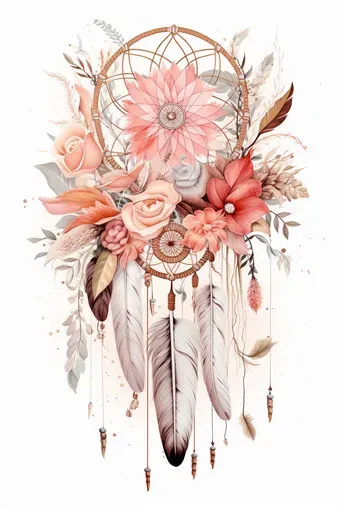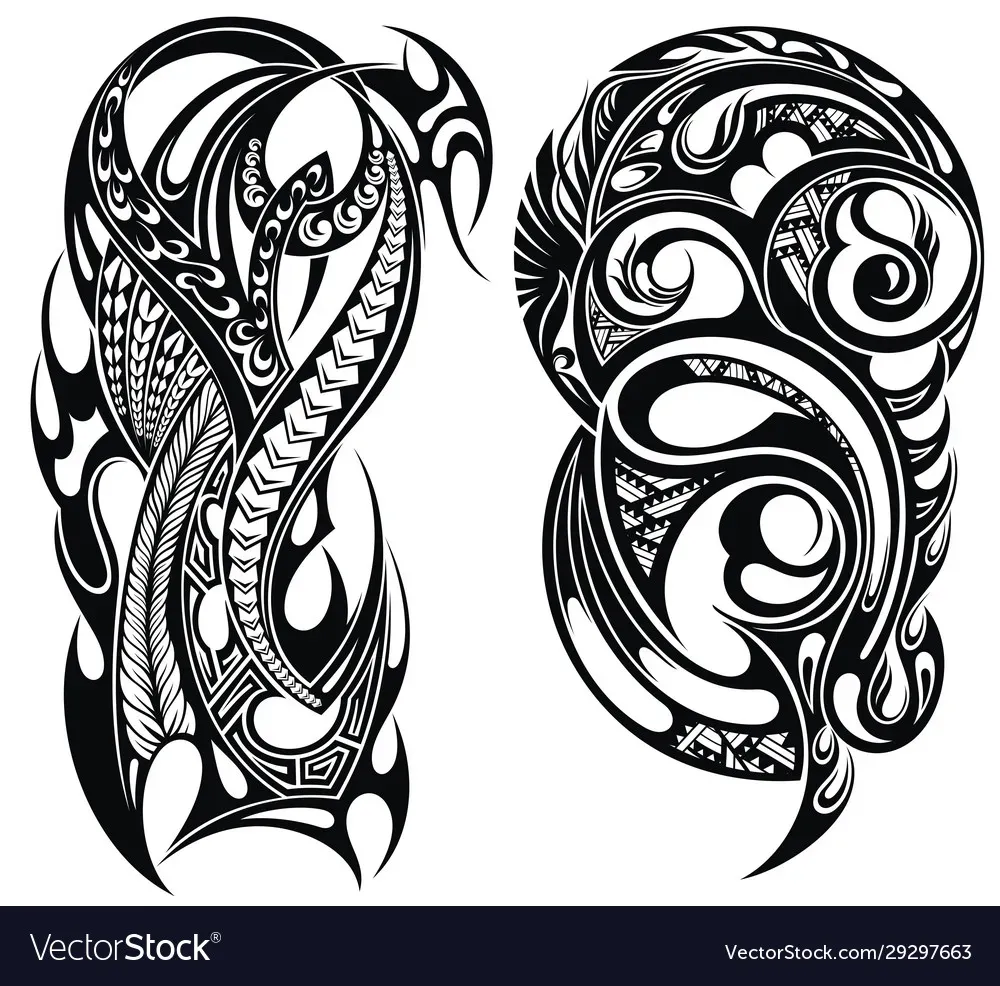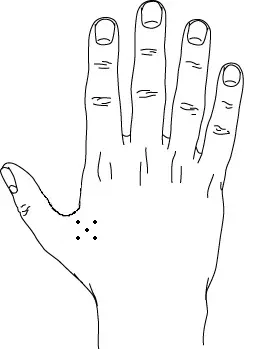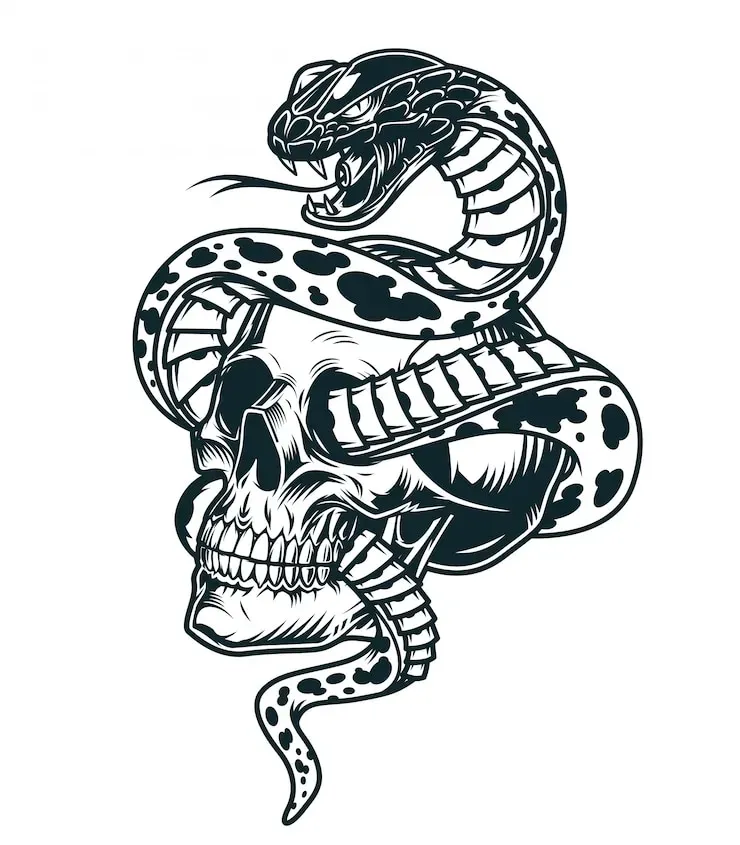Table of Contents
So, you're thinking about getting some new ink. Maybe you've scrolled through a million images online, found something cool, but then you start wondering: will it look crisp on my skin? Will it scale up or down without turning into a pixelated mess? This is where the magic of tattoo designs vector comes in. Forget blurry lines and detail lost in translation. Choosing a vector design is like getting the blueprint straight from the architect – clean, precise, and ready to be built at any size without losing integrity.
Getting Started with Tattoo Designs Vector: What You Need to Know
Getting Started with Tattoo Designs Vector: What You Need to Know
Understanding What "Vector" Actually Means
Alright, let's talk brass tacks about getting started with tattoo designs vector. First off, what even is a vector file? Think of it like this: a normal image, like a JPEG or PNG from your phone, is made of tiny dots of color, pixels. If you blow it up too big, those dots get chunky, and the image looks blurry. A vector file isn't made of dots. It's made of mathematical equations, lines, curves, and shapes that are defined by points. This means you can scale a vector design up to the size of a billboard or shrink it down to a postage stamp, and the lines stay perfectly crisp and clean. No jaggies, no blur.
Why does this matter for tattoos? Because your skin isn't a flat piece of paper. Your artist needs to be able to adjust the size and placement of the design precisely. A vector file gives them that flexibility without sacrificing the clarity of the original artwork. It’s the difference between trying to trace a blurry photo and having a sharp, detailed blueprint.
Why Vectors are a Tattoo Artist's Friend
Seriously, show your tattoo artist a clean vector file and they'll likely give you a grateful nod. Why? Because it makes their job significantly easier and the final result much better. They can pull the design into their software, resize it perfectly to fit your body part, adjust line weights if needed, and even easily separate layers for stenciling. There's no guesswork involved in trying to interpret a low-resolution image.
Imagine you found this killer design online, saved it as a tiny JPEG, and sent it over. Your artist has to try and redraw it, guess at the original line work, and hope it translates well. With a vector, they have the exact lines and shapes the artist intended, making the transfer to your skin much more accurate. It saves time, reduces potential errors, and ultimately leads to a cleaner, more professional-looking tattoo.
Finding and Working with Vector Files
So, where do you find these magical tattoo designs vector files? You can search online marketplaces that specialize in graphic design assets. Many talented artists also sell their designs directly on their websites or platforms like Etsy. Look for file types like .AI (Adobe Illustrator), .EPS (Encapsulated PostScript), or .SVG (Scalable Vector Graphics). These are the most common vector formats.
Once you have a vector file, the best thing you can do is share it directly with your tattoo artist before your appointment. Email it to them, bring it on a USB drive, whatever works. This gives them a chance to look at it, plan their approach, and make any necessary adjustments ahead of time. Don't just show them a screenshot on your phone; give them the actual file. It shows you're serious about the quality of your tattoo and makes their preparation much more efficient.
- Look for .AI, .EPS, or .SVG file types.
- Check specialized design marketplaces.
- Many artists sell vectors directly.
- Share the file with your artist early.
The Real Advantages of Tattoo Designs Vector for Your Ink
The Real Advantages of Tattoo Designs Vector for Your Ink
Scalability Without Quality Loss
Let's be blunt: your skin isn't a static canvas. You might want a small, intricate design on your wrist or a large, sprawling piece across your back. This is where the vector advantage truly shines. Unlike those pixel-based images you grab off Google Images – which turn into a blocky mess the moment you try to enlarge them – tattoo designs vector files are infinitely scalable. You can take a tiny vector graphic and blow it up to fit your entire thigh, and the lines will remain perfectly sharp and smooth. No fuzziness, no pixelation, just clean, defined edges.
Think about it: if you bring your artist a low-res photo of a detailed design, they're essentially guessing where the lines are supposed to go when they resize it. With a vector, they have the exact mathematical definition of every curve and point. It’s like having a master negative that can produce a perfect print at any size. This means the intricate details you loved in the original design won't disappear or become muddy when scaled up for a larger piece.
Precision and Clean Lines
Tattooing is all about precision. A wobbly line or a lost detail can make the difference between a stunning piece of art and something you regret. Tattoo designs vector are built on mathematical paths, not fuzzy pixels. This inherent structure translates directly to incredibly clean and precise lines when used for a stencil and ultimately, the tattoo itself. Your artist isn't tracing a blurry outline; they're working from a crisp, defined guide.
This precision is especially critical for designs with fine details, complex patterns, or script. A vector file ensures that every dot, dash, and curve is exactly where it should be, maintaining the integrity of the original artwork. It reduces the margin for error significantly, giving both you and your artist more confidence in the final outcome.
- Lines stay sharp, no matter the size.
- Details remain crisp and defined.
- Reduces guesswork for the artist.
- Essential for fine line work and script.
Easier Collaboration with Your Artist
Handing your tattoo artist a quality vector file is like speaking their language. They can open it in their design software (like Adobe Illustrator or Procreate, which handles vectors) and manipulate it with ease. Need to slightly adjust the angle? Change the thickness of a specific line? Mirror the design? It's all straightforward with a vector file. This flexibility allows for better collaboration and customization.
I remember one time a client brought in a low-res scan of a drawing. It took my artist ages just to redraw it clean enough to make a stencil. We could have saved hours of frustration and potential misinterpretation if they'd had a vector version. It’s not just about making the artist's life easier, though it certainly does; it’s about ensuring the design is perfectly adapted to your body and the artist's specific technique before the needle even touches your skin.
Where to Hunt for Quality Tattoo Designs Vector
Where to Hunt for Quality Tattoo Designs Vector
Browsing Online Marketplaces
Alright, so you're sold on the idea of using tattoo designs vector. Great. Now, where do you actually find them? One of the easiest places to start is hitting up online marketplaces specifically for graphic design assets. Think sites like Adobe Stock, Shutterstock, or even dedicated vector sites like Vecteezy. These platforms host millions of files, uploaded by designers from all over the globe. You can usually search specifically for "tattoo vector" or browse categories like "illustrations" or "graphics." Just make sure you filter by vector file types (.AI, .EPS, .SVG). You'll find everything from simple line art to complex illustrations. It's like a digital treasure trove, but you need to be a bit discerning.
Finding Artists Who Sell Vector Designs
Beyond the big stock sites, many independent artists and tattooists are now selling their original tattoo designs vector directly. Platforms like Etsy or dedicated artist websites are goldmines for unique pieces you won't find everywhere else. Buying directly often means you're getting a design created specifically with tattooing in mind, rather than just a generic graphic. Plus, you're supporting the artist directly, which is always a good thing. Look for artists whose style resonates with what you want. They often showcase their vector designs in a separate shop section.
- Check Etsy for independent artists.
- Visit artist websites directly.
- Look for portfolios selling digital assets.
- Verify they are selling actual vector files.
Commissioning a Custom Vector Design
Maybe you have a super specific idea that you can't find anywhere. That's cool. Another route is to commission a custom tattoo designs vector from a graphic designer or an artist who specializes in this type of work. This gives you complete control over the design and ensures it's exactly what you want. It might cost more than buying a pre-made design, but for something permanent on your skin, it's often worth the investment. Many tattoo artists also offer custom design work, and if they're digitally savvy, they can often create it as a vector file for you from the get-go. Don't be afraid to ask your potential tattoo artist if they offer this service or can recommend someone.
From Screen to Skin: Using Your Tattoo Designs Vector Effectively
From Screen to Skin: Using Your Tattoo Designs Vector Effectively
Handing Off Your Vector File to the Artist
you've found or created the perfect tattoo designs vector file. Now what? The absolute best thing you can do is get that file to your tattoo artist well before your appointment. Don't wait until you're sitting in the chair. Email it to them. Use a cloud service link. Bring it on a flash drive if they're old school. The point is, give them the actual file, preferably in .AI, .EPS, or .SVG format. A screenshot or a low-resolution picture won't cut it. Remember, the whole benefit of a vector is its perfect scalability and clean lines, and your artist needs the native file to utilize that.
This early delivery allows your artist to import the tattoo designs vector into their design software. They can check the line work, ensure it's suitable for tattooing, and scale it precisely to the part of your body where it will live. They can make minor tweaks if necessary – maybe thicken a line slightly for better longevity, or adjust spacing. This preparation time is invaluable. It means less time fussing on the day of your appointment and a much smoother process overall. Seriously, your artist will thank you.
What Your Artist Does with the Vector File
Once your artist has the tattoo designs vector file, they're in their element. They'll likely use software like Adobe Illustrator or Procreate to work with it. The beauty of the vector format is that they can resize the design to fit your exact body dimensions without any loss of quality. No more trying to stretch a blurry image and guess at the details. They have the precise lines and curves defined mathematically.
They will then typically create a stencil from the adjusted vector design. This stencil is what guides them during the actual tattooing process. A stencil made from a crisp vector file will be equally crisp and accurate on your skin, providing a clear roadmap for the needle. This level of precision helps ensure that the final tattoo matches the design you fell in love with on the screen. It's the technical backbone that supports the artistry.
- Artist imports the vector file into design software.
- Design is scaled precisely to your body part.
- Minor adjustments can be made easily.
- A crisp, accurate stencil is created from the vector.
- This leads to a more precise tattoo.
Making Your Mark with Vector Clarity
Ultimately, the difference between a good tattoo and a great one often comes down to the details. And with tattoo designs vector, you're starting with the best possible foundation for those details. We've covered why these scalable files beat out simpler image formats every time for crisp lines and perfect scaling, where you can track them down, and how they streamline the process with your tattoo artist. It’s not just about having a cool picture; it's about ensuring that picture translates flawlessly onto your skin and stands the test of time. Don't settle for guesswork when planning permanent art. Insisting on or starting with a vector design just makes sense for ink you won't regret.